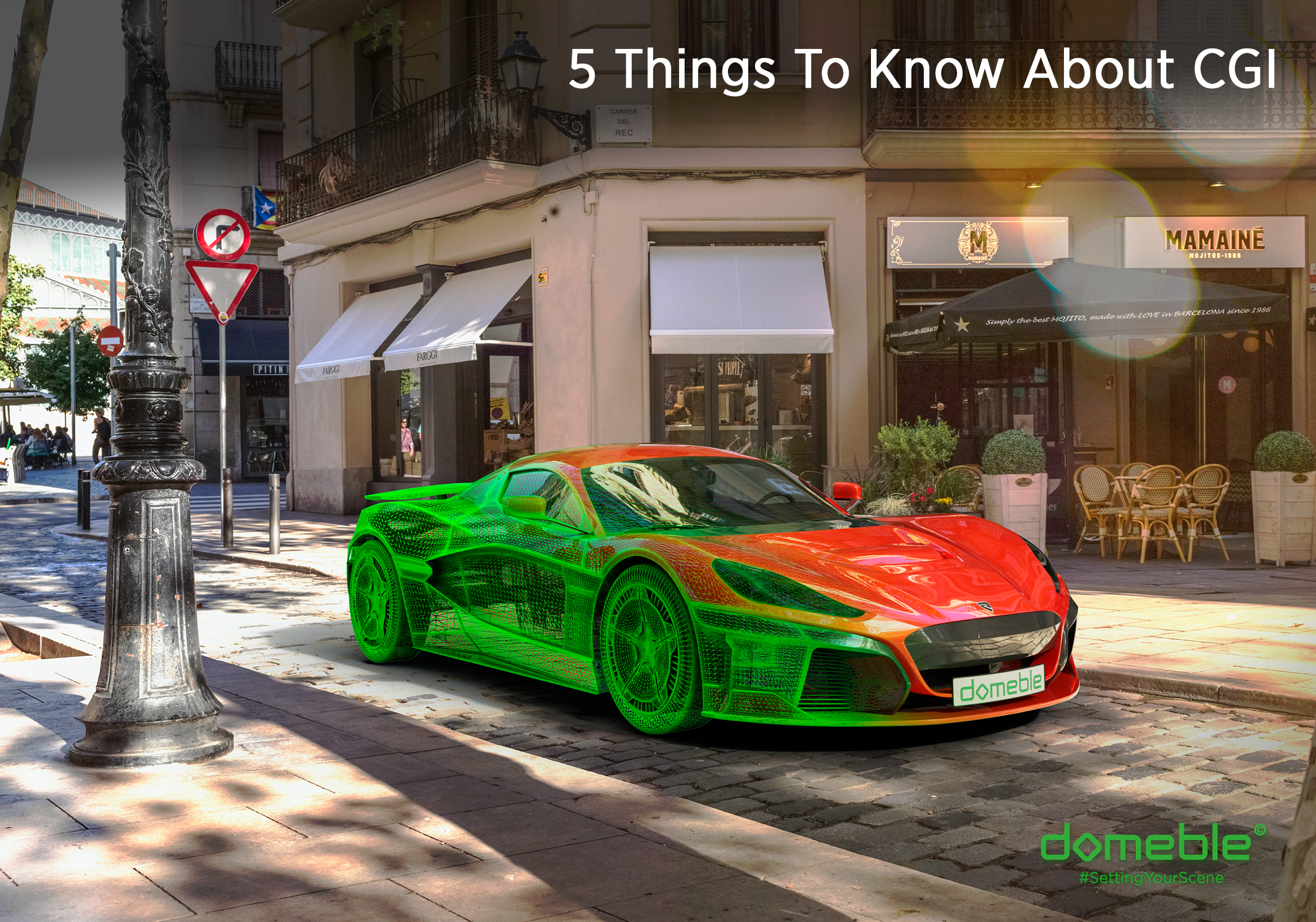5 things you must know about CGI
1)What is CGI?
Computer-Generated Imagery, abbreviated as CGI, creates still or animated visual content with computer software. CGI is also called 3D imaging or 3D Rendering. CGI usually refers to the 3D computer graphics used to create characters, scenes, and other special effects in movies, television, and games. This technology is also used in advertising, architecture, engineering, virtual reality, and even art. In traditional photography, film or a digital camera captures an image whereas computer-generated images are created in computer software. Three-dimensional (3D) outputs are often connected with CGI. Still, CGI can also create two-dimensional (2D) effects.CGI is the use of 3D computer graphics to create special effects. A range of various methods is used in creating CGI. 2D image editors that are pixel-based are used to create vector shapes for CGI and algorithms are used in creating fractal patterns. Additionally, 3D graphics software and 3D software are used to create simple to complex forms for CGI.

2) How is CGI created?CGI scenes and characters are created using the following methods
- 1. Pre-visualization: In a practice known as pre-visualization, or pre-viz for short, special effects artists can simulate different live-action shots using 3D computer models. In this way, the cinematographer and director can get a preview of how a particular shot will look. This allows for testing different visual and narrative ideas, particularly ones that might be highly complex or difficult to accomplish in real life.
- 2. 3D modelling: Artists can use CGI to create a 3D representation of any object, surface, or living creature, like dragons or monsters. Visual effects artists can also use CGI to add images to a shot, like filling a baseball stadium scene with a crowd of cheering fans or adding historic buildings to period pieces.
- 3. 3D animation: In 3D animation, the entire world of the film and the characters who inhabit it are computer-generated to create a virtual reality.
- 4. Special effects: CGI can alter the colour and intensity of light, changing the appearance of an actor’s face or body in a shot. It can also simulate environmental effects, like rain storms or cloudy skies. CGI can also age or de-age an actor in post-production.

3) CGI vs real photography
- Pixel perfect high-quality products can be created in physical form
- A very cost-effective method of production
- CGI can reach beyond the limitations of real-world physics and budgets
- You would never need to rain check( weather conditions or travel disruptions would never really matter)
4) What goes into a CGI Image?
- A 3D Model
- Graphics and Materials
- CG ready imagery- We have a wide selection of this at Domeble. Very often it is a hybrid of real imagery and CGI











